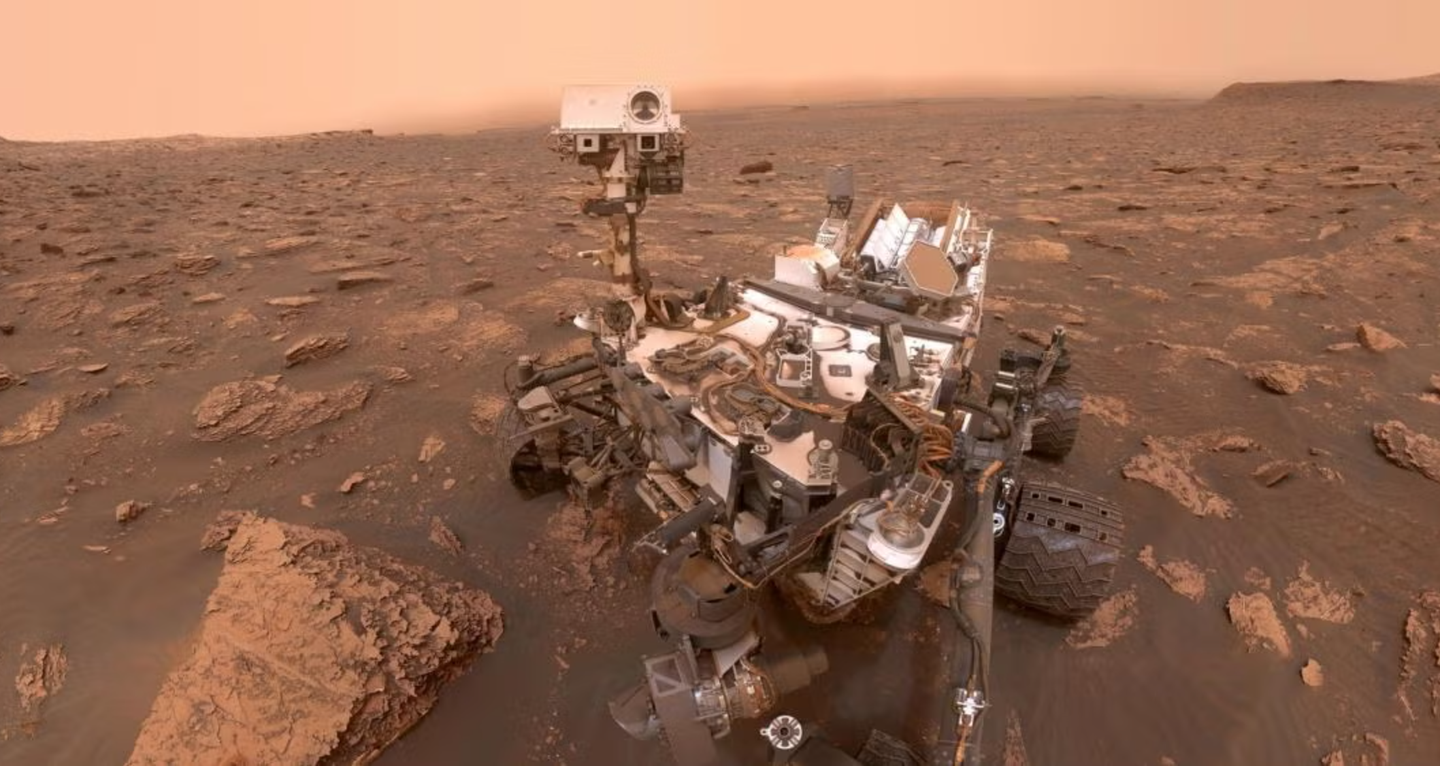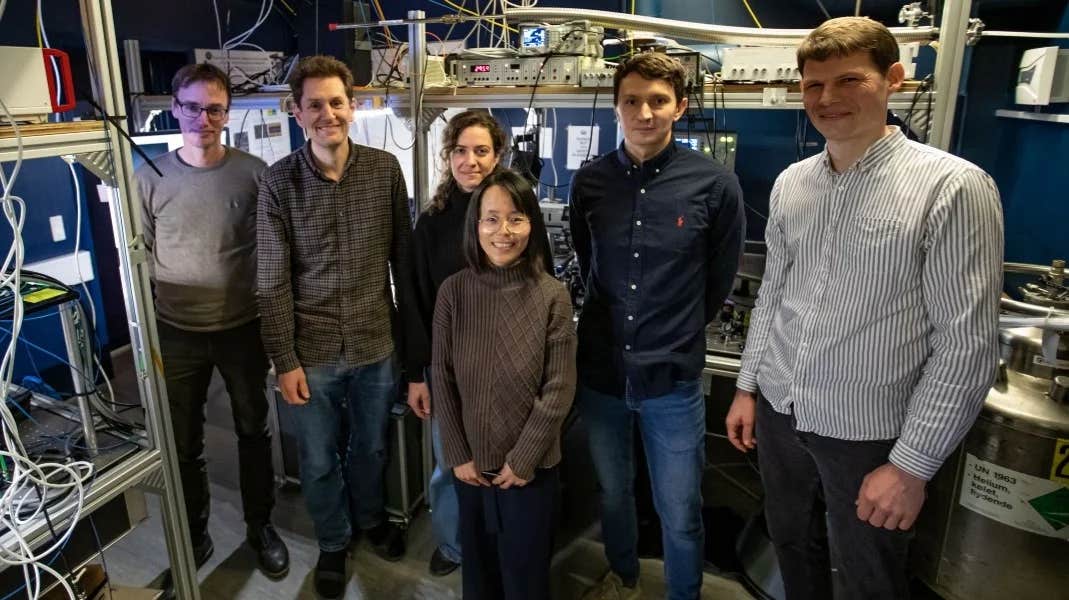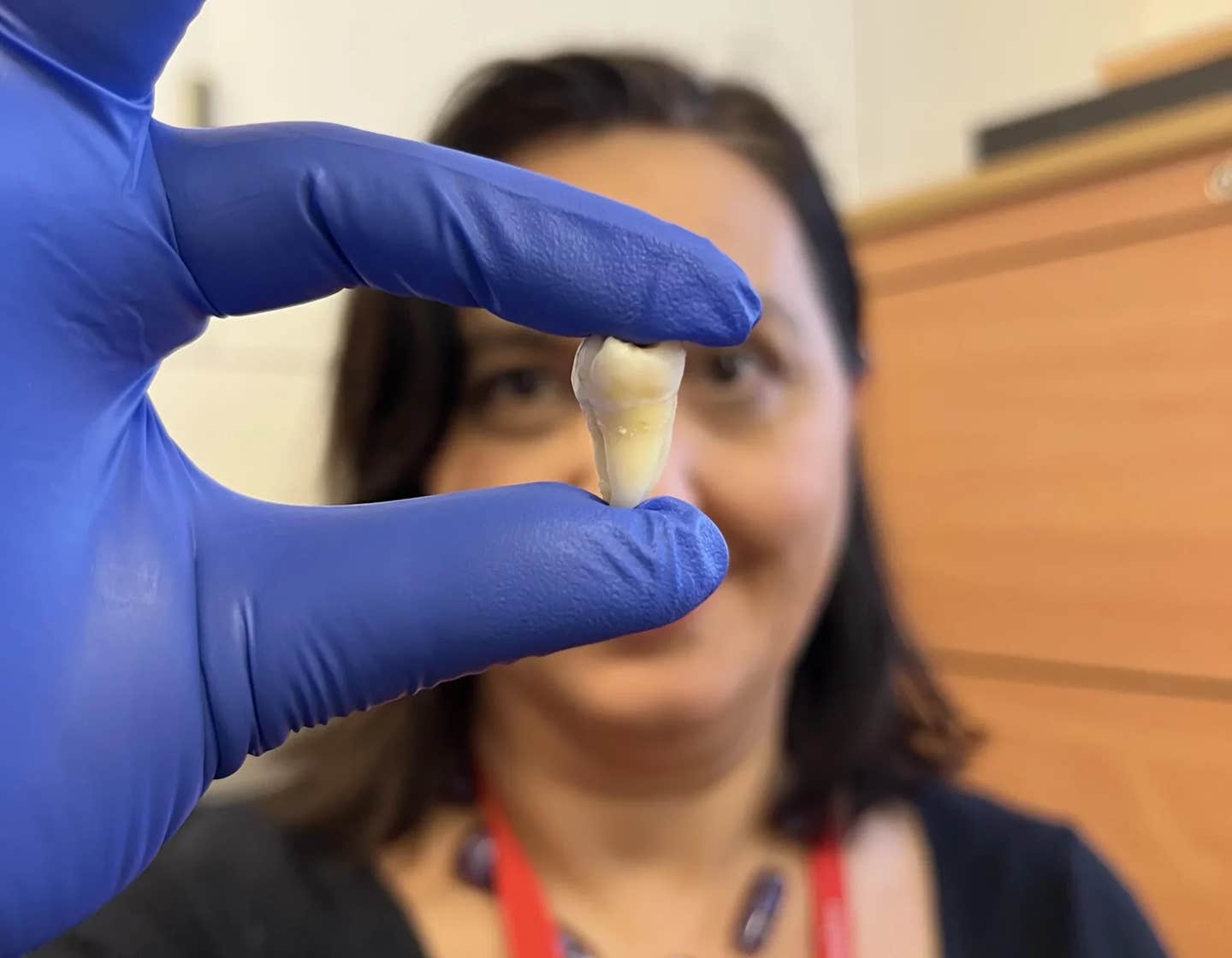Toxic Martian dust could threaten astronaut health on future Mars missions
Martian dust could cause lung damage, thyroid disease, and cancer. Scientists urge prevention before humans land on the Red Planet.

Martian dust may look harmless, but scientists warn it could damage astronauts’ lungs, cause thyroid disease, and increase cancer risk. (CREDIT: NASA/JPL-Caltech/MSSS)
Martian dust might look harmless from millions of miles away, but up close, it could pose a serious threat to your health. As space agencies push forward toward a crewed mission to Mars, scientists are sounding the alarm on one of the most overlooked dangers: the toxic dust that covers the Red Planet.
The United States and its space program are no strangers to the health risks of deep space. Missions aboard the International Space Station have revealed how microgravity changes the human body. Fluid shifts, reduced blood volume, muscle and bone loss, and even changes to the heart’s rhythm have all been recorded. Immune systems weaken, and astronauts face higher risks of infections, motion sickness, and even reactivated viruses.
But sending humans beyond low Earth orbit introduces a whole new set of problems. Unlike missions in Earth’s orbit or on the Moon—where some protection from the planet’s magnetic field remains—a trip to Mars will leave astronauts exposed to solar radiation, galactic cosmic rays, and an alien atmosphere filled with fine, chemically active dust.
Health risks beyond Earth
Extended stays in space already come with unavoidable challenges. In the absence of gravity, bones lose density and muscles shrink from lack of stress. Astronauts can lose as much as 1% to 1.5% of bone mass per month. This loss increases calcium levels in the urine, raising the risk of kidney stones. Heart muscle also atrophies, and up to 11% of blood volume shifts away from the lower body, causing dizziness and balance issues when returning to Earth.
Spacesuits for future missions must balance protection and movement. To stay flexible, they operate under low pressure. But this increases the risk of decompression sickness, the same condition that can affect scuba divers when they surface too fast.
Radiation exposure is perhaps the most concerning. On the ISS, Earth's magnetic field deflects much of the harmful radiation. The Moon still offers partial shielding during parts of its orbit. Mars offers none. Over time, exposure to solar energetic particles and galactic cosmic radiation could damage brain tissue, increase cancer risk, cause cataracts, and even lead to lung scarring, known as pulmonary fibrosis. These dangers don’t disappear once the spacecraft lands—Mars itself is a planet full of hazards.
Related Stories
Dust: more than a nuisance
Dust on Mars is everywhere. It’s fine, clings to everything, and carries an electric charge. The surface is blanketed in it, and dust storms can spread it across the globe. Some regions are believed to be covered with 10 meters of it. That’s over 30 feet—enough to swallow a spacecraft if it tried to land on unstable ground.
Experiences from lunar missions provide a warning. Apollo astronauts described the Moon’s dust as clingy, sharp, and irritating. Harrison Schmitt of Apollo 17 said it made his eyes water and his throat sore—like hay fever. The problem wasn’t just discomfort. The dust came back into the spacecraft with the astronauts, contaminating the air and living quarters.
The Moon’s dust is dangerous because it contains tiny particles formed by constant radiation and impacts, which create nanophase iron. These particles are sharp and toxic, and they react with tissues in the lungs to produce reactive oxygen species (ROS).
Studies after Apollo found that prolonged exposure could lead to long-term lung damage. The Lunar Airborne Dust Toxicity Advisory Group set a safe exposure limit at just 0.3 milligrams per cubic meter for a six-month mission. That’s about 10,000 times smaller than a grain of sand.
What makes Martian dust worse?
Martian dust might not be as sharp as lunar dust, thanks to more erosion on the Red Planet’s surface. But that doesn’t make it safe.
Research shows it’s still magnetic, electrically charged, highly reactive, and filled with dangerous chemicals. The particles are very small—averaging around 3 micrometers, or one-ten-thousandth of an inch. That’s smaller than what your lungs can filter out. Once inhaled, those particles can enter your bloodstream.
A new study led by researchers from the University of Colorado Boulder and the Keck School of Medicine at USC took a deep dive into the chemistry of Martian dust. Drawing from rover data and meteorite samples, they built a profile of what future astronauts could face.
Lead author Justin Wang, a medical student with degrees in biology, astronomy, and aerospace engineering, said that dust may not be the most immediate threat on Mars—but it’s one of the most solvable. “Dust is a solvable problem,” Wang said. “It’s worth putting in the effort to develop Mars-focused technologies for preventing these health problems in the first place.”
Wang and his team identified several harmful ingredients in Martian soil, including iron oxides and silicates, along with toxic metals like beryllium and arsenic. One of the most concerning components? Perchlorates. These chemicals, made of chlorine and oxygen, are rarely found on Earth but are common on Mars.
Perchlorates interfere with thyroid function and can cause anemia. Even small amounts—just a few milligrams—could create long-term health issues. Martian dust also contains silicates, similar to those found in Earth’s sand and glass. Inhaling too much silica leads to silicosis, an incurable disease that scars the lungs. The condition is similar to black lung disease, and it makes breathing difficult over time.
Brian Hynek, a planetary scientist and co-author on the study, emphasized that Mars is coated in iron-rich dust, making it especially dangerous. “We really need to characterize this dust so that we know what the hazards are,” he said. “If you tried to land a spacecraft [on certain areas], you’re going to just sink into the dust.”
Into the lungs—and beyond
Martian dust doesn’t just stay in the air or cling to your boots. Once inhaled, it can lodge deep in the lungs. And since particles are small enough to bypass the body’s natural defenses, they could move into the bloodstream and spread to other organs. Over time, chronic exposure could cause lasting damage—not just to the lungs, but possibly to the thyroid and even the nervous system.
Wang and his colleagues spent months reviewing medical and planetary science studies to map out these risks. They believe that planning for these hazards now is critical. If left unaddressed, dust exposure could threaten astronaut safety and cut missions short.
“Prevention is key,” Wang said. “We tell everyone to go see their primary care provider to check your cholesterol before it gives you a heart attack. The best thing we can do on Mars is make sure the astronauts aren’t exposed to dust in the first place.”
A path forward for Mars safety
Several technologies may reduce the risks. New suit designs include outer layers that repel dust using electric fields. Some suits have self-cleaning surfaces. Suitports—entry systems where astronauts dock their suits to the outside of the habitat—can help prevent contamination indoors. HEPA filters and air quality monitors will also be essential for life inside Martian habitats.
Though no physical samples from Mars have made it to Earth yet, NASA’s Perseverance Rover began collecting them in 2020. These samples, if returned by the late 2030s, could finally give scientists a chance to study Martian dust in a lab. This would provide critical data on its chemistry, behavior, and health effects.
For now, engineers are working with the best available data to build safer environments. Remote sensing and rover measurements already point to a wide range of particle sizes and compositions in the Martian atmosphere. Even if exact properties remain uncertain, one thing is clear: dust management will be key to making any Mars mission sustainable.
Without the right countermeasures, dust storms and fine particles could limit surface operations, damage equipment, and threaten crew health. But with planning, filtration, and better suit design, those risks can be lowered.
As Wang put it, “The smartest thing we can do is build systems to keep astronauts from ever breathing the stuff in the first place.”
Note: The article above provided above by The Brighter Side of News.
Like these kind of feel good stories? Get The Brighter Side of News' newsletter.
Joseph Shavit
Head Science News Writer | Communicating Innovation & Discovery
Based in Los Angeles, Joseph Shavit is an accomplished science journalist, head science news writer and co-founder at The Brighter Side of News, where he translates cutting-edge discoveries into compelling stories for a broad audience. With a strong background spanning science, business, product management, media leadership, and entrepreneurship, Joseph brings a unique perspective to science communication. His expertise allows him to uncover the intersection of technological advancements and market potential, shedding light on how groundbreaking research evolves into transformative products and industries.



